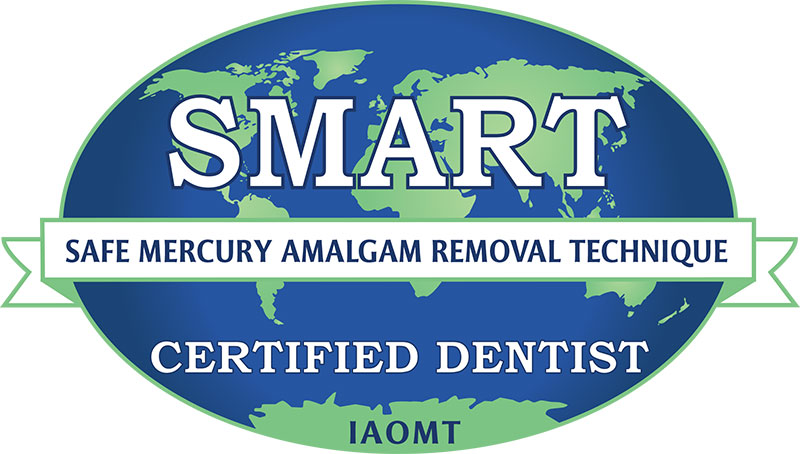Zirconia Ceramic or Titanium Implants: when to choose which?
The majority of dental implants are made of titanium. Following years of scientific research and development, ceramic implants have become an increasingly popular alternative. Titanium implants have also been advocated and used for more than 5 decades for a variety of clinical indications in oral restorative rehabilitation.
Zirconia white dental implants, a new generation of white ceramic dental implants, offer high material density, hardness, tensile strength and modulus of elasticity.
Every patient case is unique in terms of clinical and biological presentation. Therefore, each case should be assessed and planned meticulously to justify the indications for the use of titanium versus ceramic implants.
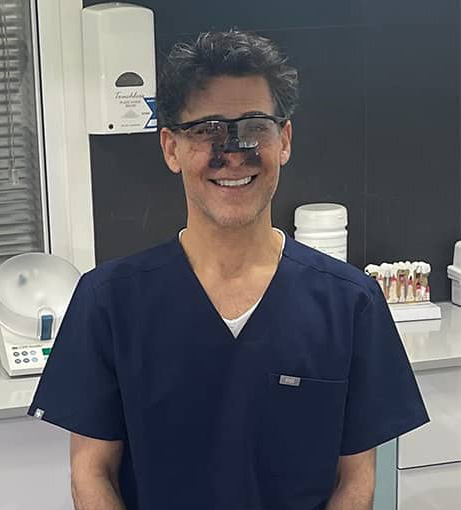
Dr. Nico Kamosi

Dr. Nico Kamosi
Specialist Periodontist, Implantologist, Prosthodontist, Holistic and Biological Dentist
TDL. DDS. (Swe.), MSc.Perio.(Eng.),
MClinDent.Perio.(Eng.), MSc.Imp.Dent.(Eng.),
Dip.Aesth.Med. (Eng.), MClinDent.Prosth.(Eng.),
Cert., Dip.DHSLM.(RCS.Eng.), Cert.Orth.(Eng.), Cert.Law (Eng.), IAOMT
Accredited member of IAOMT, SMART Certified
Member of AACD, EFP, AAP, ESCI, IAOT
Titanium implants – Benefits and challenges
Since 1960s. Titanium implants have been dominating the world of dental implantology. Therefore, it goes without saying that the scientific and clinical research on dental implantology is mainly based on the development and performance of titanium implant systems.
As a result, clinicians and patients considering the implementation of ceramic implants (specifically, zirconia) to support all types of fixed and removable prostheses require comprehensive research.
With regard to opting for an appropriate implant material, one needs to know the indications and shortcomings of both types of dental implants.
Benefits of Titanium implants
Scientific evidence: There is a wealth of scientific evidence since Prof P-I Brånemark discovered the phenomenon of natural bone attachment to titanium–osseointegration over 65 years ago.
The versatility, bio-mechanical stability and satisfactory user experiences have gained high levels of trust regarding the performance of pioneer titanium implant systems.
A variety of indications: Titanium implant systems offer solutions for most clinical situations, e.g., single restorations or complex total rehabilitation cases.
Mechanical Strength: Titanium is highly resistant to high external forces. Hence, there is seldom any report of implant fractures.
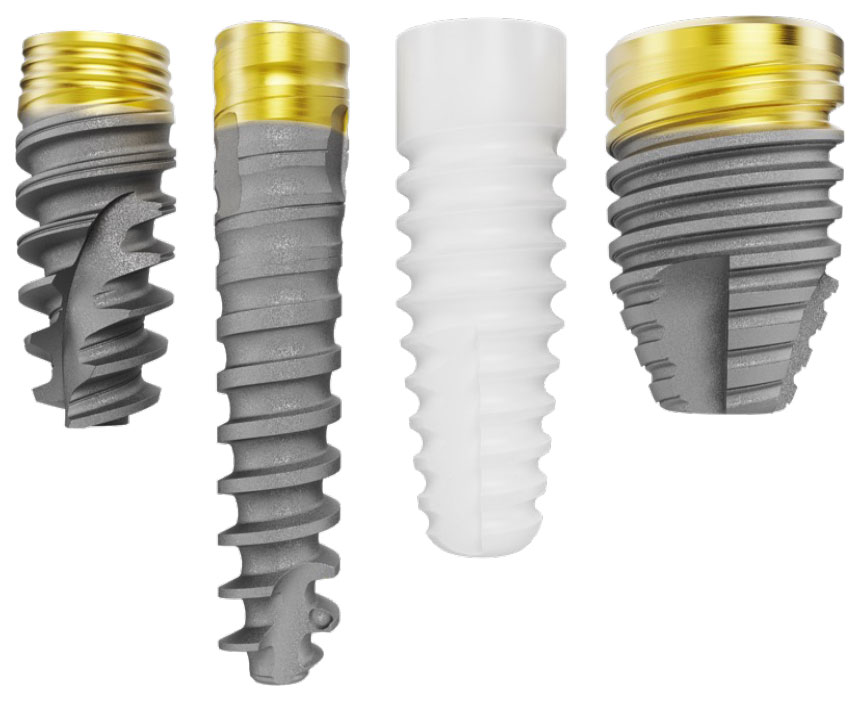
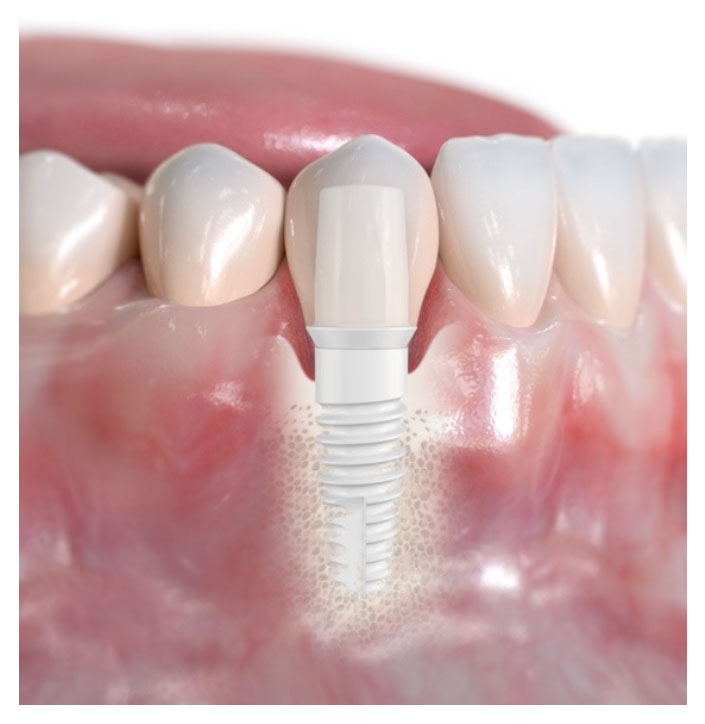
Challenges of Titanium implants
Although hypersensitivity and allergic reactions to titanium have been reported to be rare, as low as just 0.6% among patients, this specific category of patients would benefit from metal-free ceramic implants. Therefore, metal allergy or hypersensitivity could be considered one of the drawbacks of titanium implants.
We advise and refer patients for a metal allergy test when they are concerned about being allergic to titanium metal.
Why choose ceramic implants over titanium implants?
An online survey revealed that 87% of the 1000 patients would choose a white dental implant. The increasing demands on the use of metal-free, natural-looking dental materials and restorations, along with the advances in material science, technology, and development, would be beneficial to our patients with highly aesthetic and strong natural ceramic implants.
They have excellent mechanical properties in flexural and tensile strength that are compatible with most clinical requirements without compromising aesthetics and functionality.
Zirconia ceramic implants – Benefits and challenges
Challenges with ceramic implants
- Fewer case studies are published to present all of the performed clinical indications for the use of ceramic implants as a solution for bridges and full-mouth rehabilitations. The case studies mainly present single tooth replacement and bridge cases.
- A limited number of clinicians performing ceramic implants
- The limited biomechanical strength and flexibility of the old-generation ceramic implants
- Lack of skills in both surgical and restorative aspects of ceramic implant dentistry
- Limitations in the design and architecture of the implants and their connective parts
- Most of the ceramic implants belong to the One-piece / Cement-retained systems.
- Due to both implants’ limited structural and mechanical flexibility and their connectors/ restoration, One-piece/ cement-retained Zirconia implant systems have fewer clinical indications than two-part screw-retained ones.
- The complex engineering and manufacturing process involved in the production of Zirconia implants renders them more costly.
- The complex laboratory and layering process involved in the production of Zirconia supra-structures, e.g. crowns, bridges, etc., renders them more costly.
Benefits of ceramic implants
The corrosion-resistant nature of the ceramic material and its low affinity to plaque result in a lower risk of inflammation.
Not like titanium implants, these ivory-coloured natural ceramic implants would not shine through a thin gingival biotype.
The zirconium dioxide (Zirconia) peri-implant soft tissue seal, blood flow, and the orientation of the collagen fibres are comparable to periodontal soft tissue around the natural teeth.
The low plaque affinity and bacterial adhesion explain the presence of a lower level of plaque retention, hence peri-implant inflammatory diseases and biological complications. Clinical research reveals that ceramic implants minimise surface plaque adhesion and accumulation, hence maintaining the surrounding peri-implant gum health.
Ceramic implants offer ultimate white natural aesthetics while promoting a natural surrounding gum, hence a natural appearance.
Ceramic implants provide flexibility and predictability throughout the restorative workflow, hence reducing the risk of long-term biomechanical failures.
Is zirconia metal-free?
During irreversible chemical reactions, the oxidation of zirconium, non-metallic or metal-free ceramic zirconia, is created with improved wear resistance, toughness, and conductivity properties. Hence, ‘Zirconia’ is a ceramic material which is manufactured from zirconium dioxide.
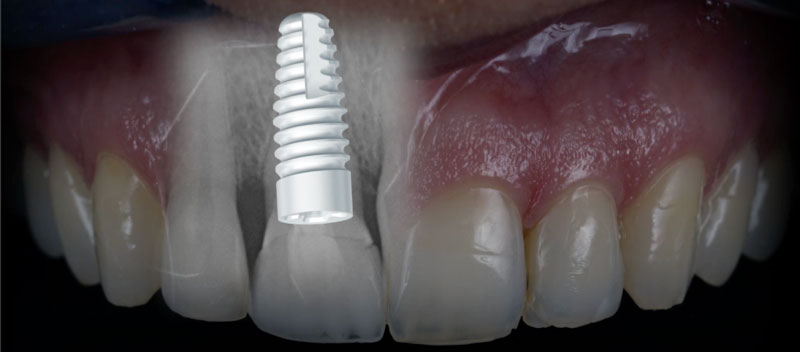
The Nobel-Biocare system, with pioneering scientific-proven premium quality and evidence-based clinical excellence, has been used by world experts since 1965. NobelPearl™ offers two-piece individual abutments, gingiva formers, and 100% Carbon-Ceramic technology designated for a strong, resilient, long-lasting implant-abutment screw-retained connection. NobelPearl™ Zirconia implants, with more than 15 years of evidence-based research, have reported a high rate of osseointegration and success comparable to titanium implants.
FAQ – What do patients usually ask about ceramic dental implants?
Zirconia ceramic dental implants are the best alternatives for titanium dental implants.
Our Specialists are registered with the General Dental Council and have been teaching advanced implantology and periodontology in England and abroad for a few years.
At London Specialist Dentists, our specialists implement the latest technology and innovations in the field of implant dentistry and offer the most scientifically proven ceramic implants.
Dr Nico Kamosi has developed high expertise and extensive experience in the fields of periodontology, implant dentistry, and full mouth rehabilitation on an advanced level for over 30 years.
Dental implant case studies
See our dental implant before and after photos from our happy patients.
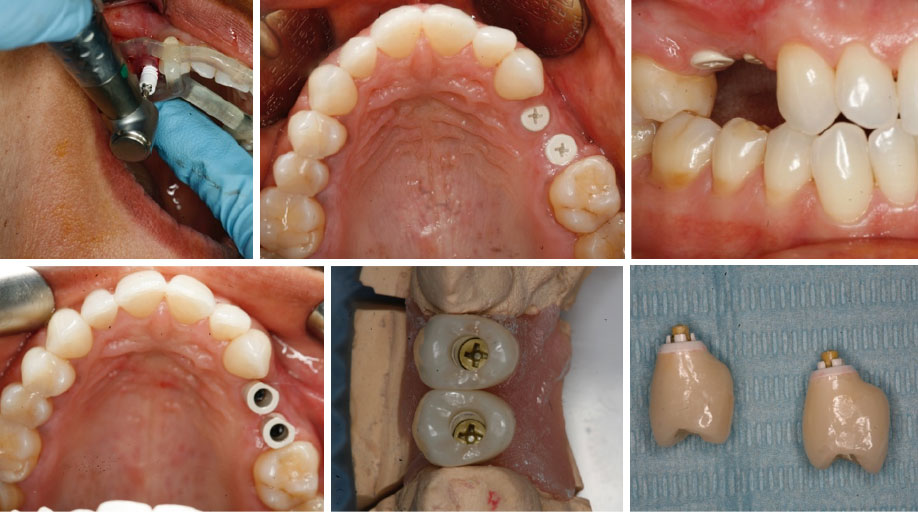

Dr. Nico Kamosi

Dr. Nico Kamosi
Specialist Periodontist, Implantologist, Prosthodontist, Holistic and Biological Dentist
TDL. DDS. (Swe.), MSc.Perio.(Eng.),
MClinDent.Perio.(Eng.), MSc.Imp.Dent.(Eng.),
Dip.Aesth.Med. (Eng.), MClinDent.Prosth.(Eng.),
Cert., Dip.DHSLM.(RCS.Eng.), Cert.Orth.(Eng.), Cert.Law (Eng.), IAOMT
Accredited member of IAOMT, SMART Certified
Member of AACD, EFP, AAP, ESCI, IAOT

